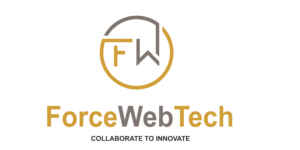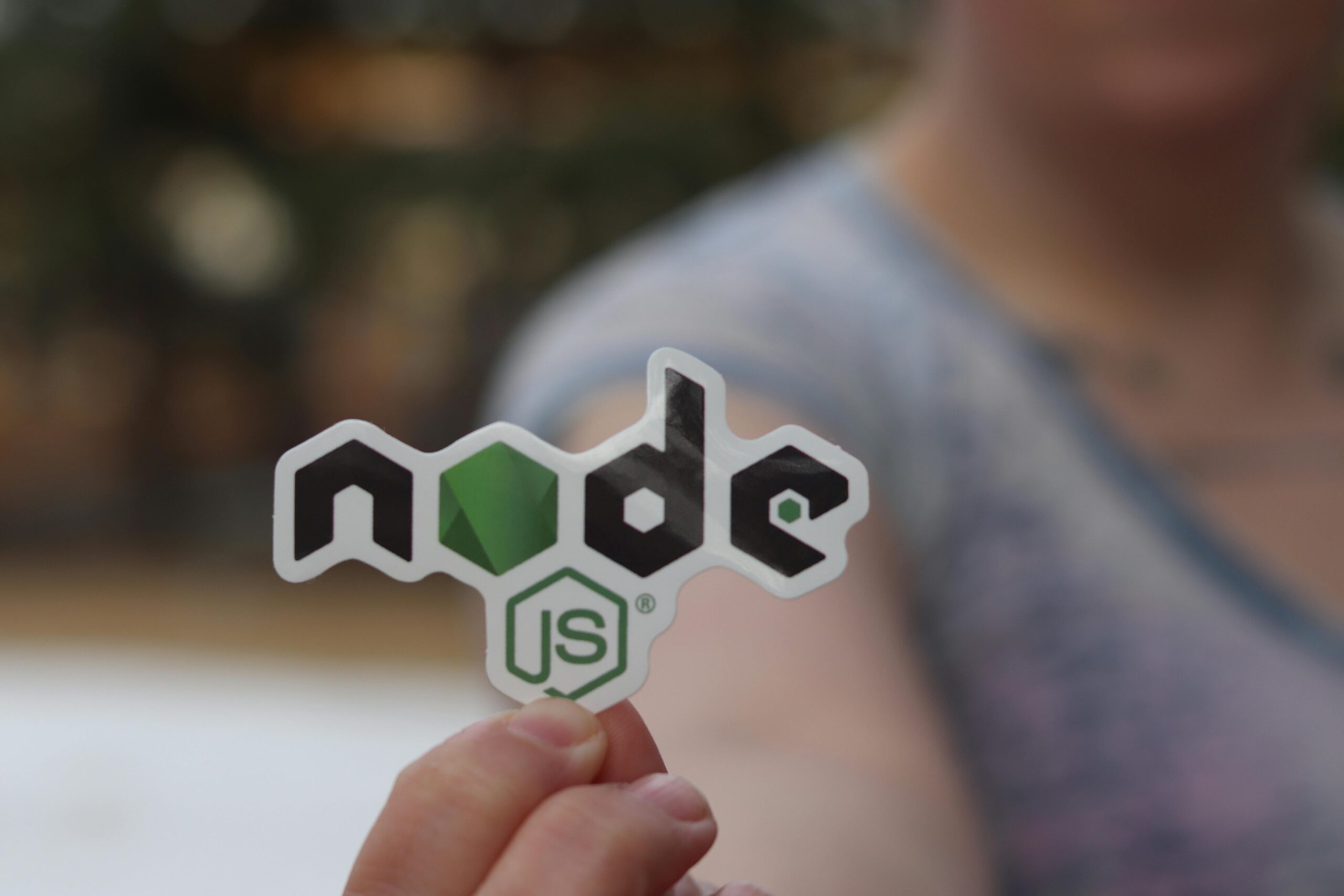In today’s data-driven world, businesses require agile and scalable solutions to manage ever-growing information. The dynamic duo of MongoDB and Node.js offers a powerful combination to address these challenges. This blog delves into how MongoDB, a NoSQL document database, and Node.js, a JavaScript runtime environment, seamlessly integrate to create robust and scalable business solutions.
Why MongoDB? A Document-Oriented Approach
Traditional relational databases (RDBMS) excel in structured data with predefined schemas. However, modern applications often deal with complex, evolving data structures that don’t fit neatly into rigid relational models. MongoDB breaks free from these limitations.
Here’s what makes MongoDB shine:
● Flexible Schema:
MongoDB utilizes a document-oriented approach. Documents are JSON-like structures that can store diverse data types, including arrays and embedded objects. This flexibility allows you to accommodate evolving data models without schema changes, a major advantage for agile development.
● Horizontal Scalability:
MongoDB scales horizontally by sharing data across multiple servers. This allows you to handle increasing data volumes by adding more servers, ensuring your database scales seamlessly with your business growth.
● High Performance:
MongoDB boasts impressive performance due to its in-memory data structures and efficient query execution. This translates to faster read and write operations, crucial for real-time applications.
Why Node.js? The JavaScript Advantage
Node.js brings a unique advantage to the table: JavaScript. As a single-threaded, event-driven environment, Node.js excels at handling a high volume of concurrent requests efficiently. Here’s how it complements MongoDB:
● JavaScript Familiarity
Node.js leverages JavaScript, a widely used language for front-end development. This familiarity empowers developers to work with both back-end and front-end logic using the same language, streamlining development and reducing the learning curve.
● Asynchronous Programming
Node.js’s non-blocking, asynchronous architecture aligns perfectly with MongoDB’s high-performance nature. This enables efficient handling of numerous concurrent requests without compromising responsiveness.
● Rich Ecosystem
The Node Package Manager (npm) provides a vast collection of open-source libraries and frameworks specifically designed for Node.js development. This includes powerful tools for interacting with MongoDB, such as Mongoose, a popular Object Data Modeling (ODM) library.
The Synergy: Building Scalable Solutions
The combined power of MongoDB and Node.js unlocks exciting possibilities for building scalable business solutions. Here are some compelling use cases with technical considerations:
Real-Time Applications
The duo excels in building real-time applications like chat rooms, social media platforms, and collaborative editing tools. MongoDB’s flexibility and Node.js’s event-driven architecture enable seamless data updates and a dynamic user experience.
Technical Considerations
Utilize Socket.IO, a popular real-time communication library for Node.js, to establish bi-directional communication between clients and servers. Implement efficient data serialization techniques (e.g., BSON) to minimize data transfer overhead.
IoT Applications
The ever-growing Internet of Things (IoT) landscape generates vast amounts of unstructured data. MongoDB’s flexible schema and horizontal scalability are ideal for storing and managing sensor data from connected devices, while Node.js facilitates efficient data processing and communication with devices.
Technical Considerations
Explore libraries like Mongoose to simplify data modeling for sensor data. Leverage Node.js’s streaming capabilities to handle high-velocity data streams from IoT devices. Consider implementing authentication and authorization mechanisms to secure communication between devices and the server.
E-commerce Platforms
Modern e-commerce platforms require managing a variety of product information, user data, and purchase histories. MongoDB’s flexibility and scalability cater to the ever-changing needs of e-commerce businesses, while Node.js delivers a robust back-end for handling transactions and user interactions.
Technical Considerations
Utilize MongoDB aggregation pipelines for efficient product search and filtering functionalities. Implement Node.js middleware to handle user authentication, authorization, and shopping cart management. Integrate payment gateways securely using established Node.js libraries.
Security Considerations
While MongoDB and Node.js offer remarkable advantages, security remains a crucial concern. Here are some best practices to follow:
Regular Updates: Maintain up-to-date versions of MongoDB and Node.js to benefit from the latest security patches. Regularly update any installed npm packages to address potential vulnerabilities.
Authentication and Authorization: Implement robust authentication and authorization mechanisms to control user access and prevent unauthorized data modification.
Input Validation: Validate all user input to prevent malicious code injection attacks like SQL injection and cross-site scripting (XSS). Sanitize and escape any user-provided data before storing it in MongoDB.
Secure Coding Practices: Follow secure coding practices on both the Node.js and database side to minimize security risks. This includes avoiding common vulnerabilities like insecure direct object references (IDOR) and using prepared statements for database queries.
Network Security: Implement network security measures like firewalls and access control lists (ACLs) to restrict unauthorized access to your MongoDB server and Node.js application.
Beyond the Basics: Performance Optimization
Optimizing performance is crucial for maintaining a smooth user experience in large-scale applications. Here are some tips for Node.js and MongoDB performance optimization:
Caching: Utilize caching mechanisms like Redis or Memcached to store frequently accessed data in memory, reducing the load on MongoDB.
Indexing: Create appropriate indexes in MongoDB for frequently used queries to improve query performance.
Profiling: Use profiling tools for both Node.js and MongoDB to identify bottlenecks and optimize code for better efficiency.
To Wrap It Up!
Integrating MongoDB with Node.js for data storage and retrieval presents a multitude of advantages, such as enhanced flexibility, scalability, performance, and robust querying capabilities. Collaborating with a reputable Node.js Development Company such as Force WebTech enables you to maximize the synergies between MongoDB and Node.js, empowering you to create cutting-edge web applications that excel in both performance and user experience. Reach out to Force WebTech now to explore how they can assist you in leveraging MongoDB and Node.js for your upcoming project.

